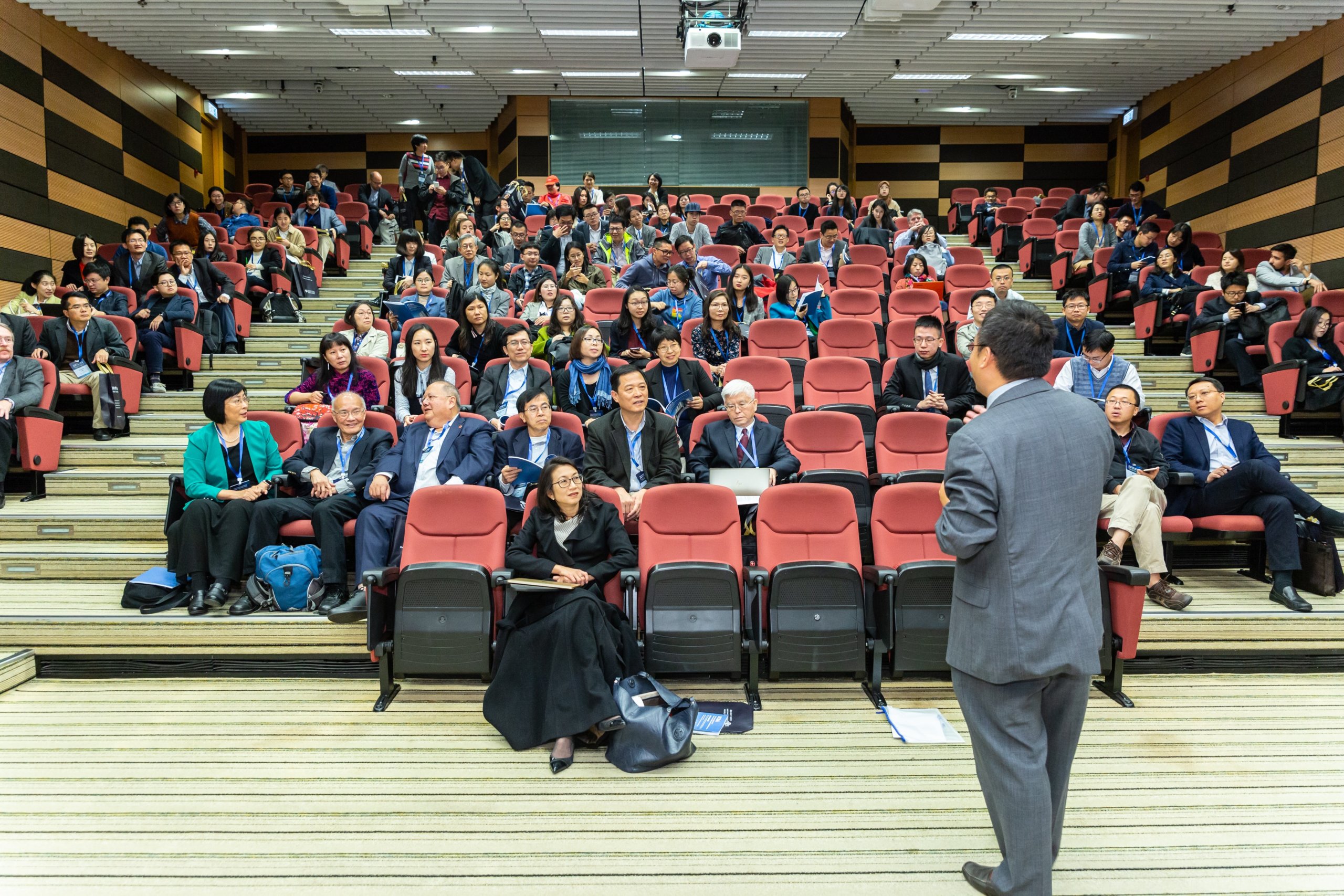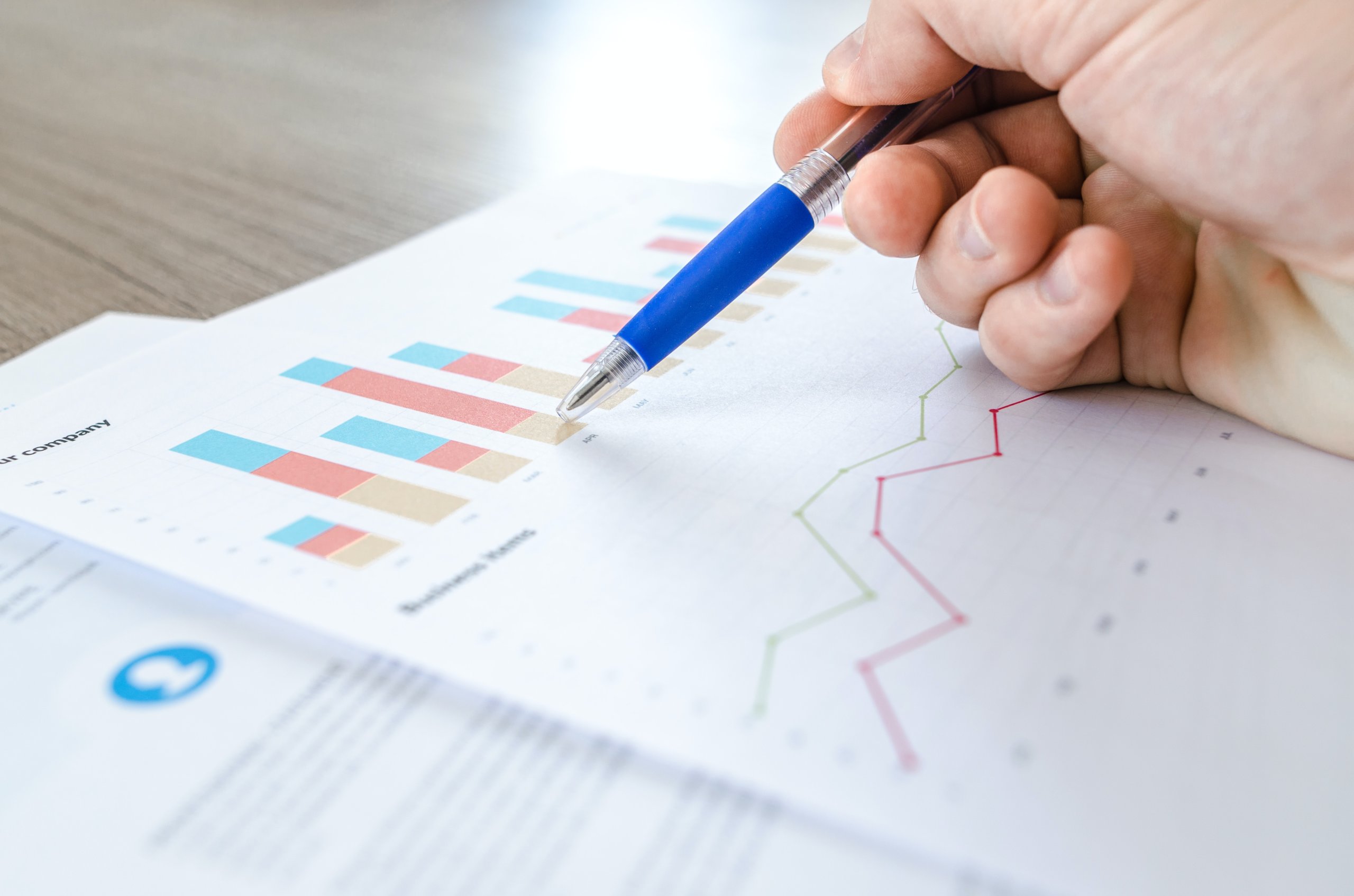 The Internet of Things (IoT) generates a gargantuan amount of data on a daily basis. According to Cisco, 5 quintillion bytes of data are produced every day by this technology. That’s a whole lot of zeros!
The Internet of Things (IoT) generates a gargantuan amount of data on a daily basis. According to Cisco, 5 quintillion bytes of data are produced every day by this technology. That’s a whole lot of zeros!
This makes sense when you think about it. After all, data is the lifeblood of IoT. By pushing, pulling, and acting upon information, IoT can bring us real, tangible results. But this doesn’t change the fact that an immense mountain of information can quickly overwhelm anybody without a plan in place to properly handle it. This is where data analytics comes in.
The Power of Data Analytics
IoT is bringing vast improvements to a plethora of industries.
End-to-end IoT systems in healthcare are helping save more lives and prevent diseases. In manufacturing, IoT is streamlining operations, boosting efficiency, and cutting costs. On the road, IoT and AI are behind the brains of autonomous vehicles; they’re what make it possible for these cars to get you where you need to go. And last but certainly not least, IoT is giving smart homes the intelligence they need to simplify our day-to-day lives.
As we mentioned before, all of this is a reality thanks to the data we have at hand. The majority of this data comes from sensors monitoring a multitude of environments. For a human alone, analyzing this data would take more than several lifetimes.

Thankfully, data analytics is here to help expedite this process. And contrary to popular belief, this field isn’t just for filtering tons of data into aesthetically-pleasing graphs and charts. The true goal of data analytics is to find actionable insights, irregularities, and meaningful trends. By doing so, businesses can find new solutions to longstanding obstacles.
Often, the information and conclusions understood from an analysis benefit a company and its bottom line. But there are numerous ways to extend the potential of your IoT system analytics. For example, it can transform your customer experience. Consumers have been shown to support IoT technology and innovation because it creates better systems that they directly benefit from.
Even when your IoT system is completely set up, there are always more benefits to be reaped through optimization. By continuously working on improving your IoT data analysis, you can drive your cost-benefit ratios down. Even if you invested in your technology long ago, better insights via optimization can extend its life by many years and enhance your organization’s effectiveness.
How to Make Your Data Work for You
Unfortunately, the power of data analysis does not seem to be crystal-clear to most organizations. In a study by Boston-based Harvard Business Review (HBR), only 26% of companies said their IoT initiatives have been successful. When a company’s IoT system isn’t working in conjunction with data analytics, IoT often doesn’t make the big impact that executives were looking for.
As a result, many lose hope because they believe they’ve tried everything they could do. But this is usually far from the case.
If you’re a business leader who’s losing faith in the potential of IoT, try these two strategies at the very least.
Firstly, ensure that you have a strong base team of analysts. To get the right results, you must ask the right questions. And this depends on who’s helming your data analysis endeavors.
The same HBR survey we referenced before also showed that less than half of structured data is actively used in decision-making at companies that have active IoT systems. In fact, less than 1% of unstructured data is actually analyzed or even used at all. This means that, although the data is already generated, encrypted, and stored properly, it’s not being analyzed in almost all cases.
Secondly, have you tried integrating other emerging technologies into the mix? By bringing tools like artificial intelligence (AI) and machine learning into your fold, data analysis doesn’t have to take a lot of time and effort. As is usually the case, better results often depend on working smarter, not working harder. And tapping into AI and other new technologies is a great way to do so.
A Short Data Analytics Case Study
In agriculture, IoT is impacting and innovating the growth of produce, its harvest, and farm operations overall.
Let’s say a farmer and his crew are responsible for tending to hundreds of acres of produce. This produce doesn’t all get planted in one day, so growth isn’t duplicated across all fields. Using wireless sensors, cameras, and drones, an IoT system could help simplify the management of this massive project.

Collecting information, like rainfall, wind speed, humidity, temperature, soil density, pest status, nutrient information, and sunshine intake, can be combined into the analytics. This produces a more accurate result and prediction for farmers to tend to their crops before they become ripe, ultimately minimizing waste and risk.
It’s not just agriculture, either. In all industries, data analytics bring prediction, automation, and trend detection to executives and IoT systems, saving time, money, and effort of everyone involved. These benefits eventually make their way to the consumer and customer as a better shopping experience.
Data Analysis Lets You Work Smarter
There will be 30 billion connected devices in IoT by 2020. These devices will be producing enormous magnitudes of information every day, and data analysis will be required to see through all of the noise. Data analysts are no longer a nice-to-have; they’re equally as necessary as IoT developers are for the IoT ecosystem.
Although IoT hasn’t reached its peak utilization, we’re beginning to see how many tools are necessary for a basic IoT system. Because IoT rests on a giant bed of data, it’s imperative to create a data analysis plan and strategy for your business and its customers.
To truly reap the benefits of your new IoT system and its evolving technology, use data analysis. It’s the secret to working smarter and keeping ahead of the curve.
Have you seen any impressive examples of IoT and data analytics recently? Let us know in the comments!





